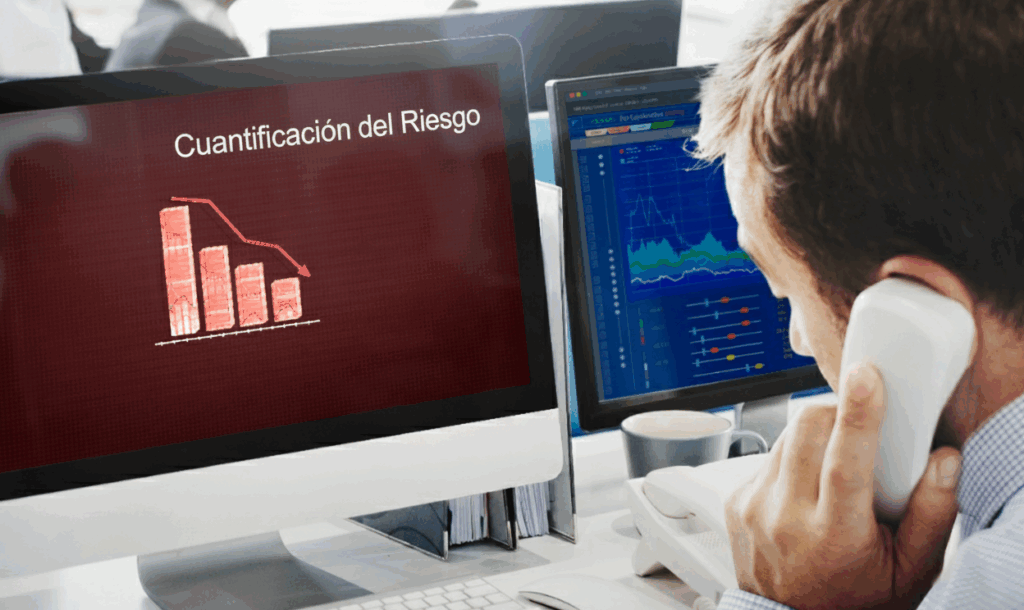What is clipping and what is it used for in the press, radio and television?
The clipping is an essential practice in the world of public relations and media monitoring. It refers to the process of collecting and analyzing mentions of a brand, company or person in different media. This procedure can include written press, radio, television and even digital media. The main objective of clipping is to provide a clear picture of how a specific entity or topic is being talked about in the media, allowing stakeholders to make informed decisions and adjust their communication strategies.
Next, we will explore in more depth what clipping is, how it is performed in different media such as press, radio and television, and what are its main utilities in the business, political and reputation management context.
What is clipping?
The clipping comes from the English term "clip", which means "to cut out". Traditionally, clipping consisted of physically cutting out press articles to gather all relevant mentions of a company or topic in one place. Today, this process has been digitized and encompasses not only print clippings, but also mentions in radio, television and online media.
The purpose of clipping is to collect all relevant information in an organized manner circulating on a topic, whether it is a product, service, company or public figure, in the media. Thus, clipping provides a comprehensive view of the visibility and reputation of a brand or person in public opinion.
Clipping is not limited to monitoring the name of a brand or public figure, but can also cover specific topics of interest, industries, keywords, or trends that may affect the reputation or performance of the monitored entity.
Take your media monitoring to the next level with ENIGMIA! Our service of clipping with Artificial Intelligence analyzes 100% of news in real time, covering more than one million global media across TV, radio, print and more. Monitor your reputation and detect key trends to optimize your strategies. ¡Request a demo today!
Press clipping

Press clipping is perhaps the most classic form of this technique. Traditionally, it consisted of clipping relevant articles from newspapers and magazines to gather specific mentions of a company, event or topic. However, with the digitization of print media, this process has been modernized and is now mostly automated and digital.
Today, press clipping services use advanced technological tools that crawl print and digital media, looking for mentions of certain keywords, topics or names. These services automatically collect all articles, opinion columns, editorials and other types of content that mention the entity in question.
Press clipping utilities
- Reputation monitoring: It allows companies and public figures to know how they are being represented in the print media, allowing them to adjust their communication and public relations strategies.
- Campaign tracking: It is essential for companies launching advertising or communication campaigns, as it helps to measure the impact of the campaign and how it is being perceived in the press.
- Competitive analysis: By monitoring not only their own company's mentions, but also those of competitors, companies can get a clear idea of where they stand in the market compared to others.
▶ You may be interested in: Audience building for effective marketing campaigns
Radio Clipping

The radio clipping involves monitoring mentions and coverage in radio programs, where news, interviews, debates and any other content that may refer to a brand or topic of interest are discussed. Although radio clipping may seem more complex due to the auditory nature of this medium, there are advanced voice recognition and keyword search technologies that allow this task to be performed effectively.
As with print, radio clipping helps brands monitor their presence and reputation in a medium that remains key, especially for certain audiences.
Utilities of radio clipping
- Monitoring of mentions: Radio clipping allows you to know when and in what context a brand or a specific topic is mentioned. This is particularly useful for politicians, local companies or public figures who wish to monitor their presence in the audio media.
- Follow-up of debates and interviews: Radio is often a medium where interviews or debates on current affairs are held. Clipping helps interested entities to compile and analyze the content in which they have been mentioned, allowing for better planning of future interventions.
- Measuring the impact of radio advertising: Companies that invest in radio advertising campaigns can use clipping to measure the impact and reach of their radio mentions.
Clipping on television

The television clipping follows a process similar to that of radio, although with greater complexity due to the audiovisual nature of the content. Mentions of brands, companies or individuals on television can occur in newscasts, talk shows, special reports or even in entertainment programs.
By monitoring TV mentions, companies can get a complete picture of how their image or that of their competitors is presented in this influential medium.
Utilities of clipping in television
- Follow-up of media coverage: Television clipping allows monitoring the coverage that a company or public figure receives in newscasts, debates and other television programs. This is crucial to measure the media impact of important events, product launches or crisis situations.
- Public perception analysis: By collecting TV clips in which a brand or topic is mentioned, companies can perform qualitative analysis of how they are perceived by visual media and adjust their communication strategy accordingly.
- Measurement of advertising impact: As in other media, TV clipping is essential for brands that invest in TV ads, as it allows detailed tracking of when and how they appear on screen, as well as the impact of their campaigns.
Benefits of clipping for companies and public figures
Clipping is a fundamental tool for reputation management and public perception analysis. The main benefits it provides are:
- Reputation analysis: Companies and public figures can measure their reputation and media visibility on an ongoing basis. This allows them to detect potential image problems before they become public relations crises.
- Optimization of communication strategies: With clipping, brands can evaluate the effectiveness of their communication strategies, both in terms of visibility and public perception.
- Competitor monitoring: It is possible to track the mentions that competitors receive in the media, obtaining valuable information about their positioning and strategies.
- Improved decision making: With access to detailed, real-time information on how a brand or public figure is perceived, communication managers can make more informed decisions to improve their image or adjust their campaigns.
How clipping has evolved in the digital era
With the advance of information and communication technologies, clipping has gone from being a manual and tedious process to a fully automated one. Today, there are specialized services and platforms that perform clipping in real time, tracking mentions in the digital press, social networks, blogs, radio and television.
The artificial intelligence (AI) has revolutionized clipping by enabling the identification of mentions in large volumes of data more quickly and accurately. In addition, modern clipping platforms enable detailed analysis of sentiment, tone and reach, providing companies with valuable information for decision making.
Conclusion
Clipping in press, radio and television is a crucial tool for brands, companies and public figures who wish to monitor their presence in the media. With technological advances, this process has become more efficient and accurate, allowing not only data collection, but also an in-depth analysis of public perception and media reputation. Used correctly, clipping can be a key part of any organization's communications and public relations strategy.




